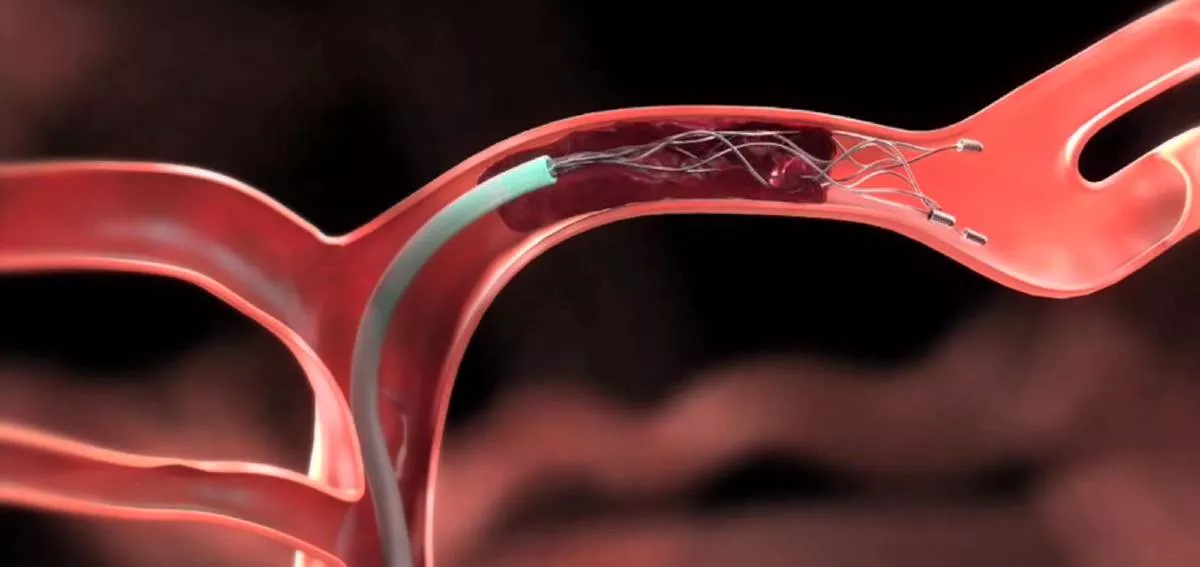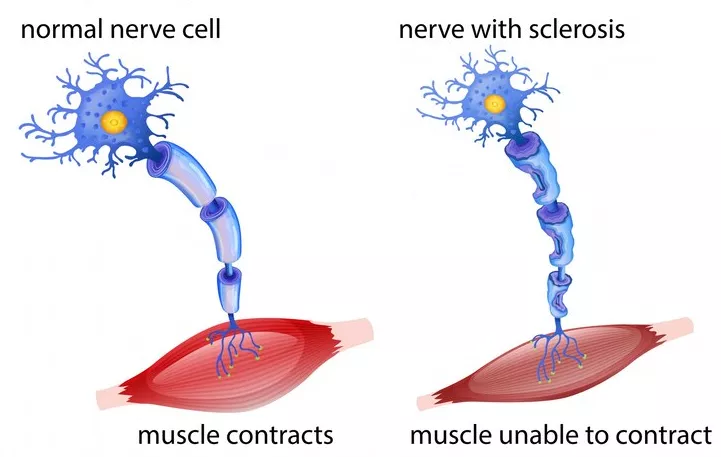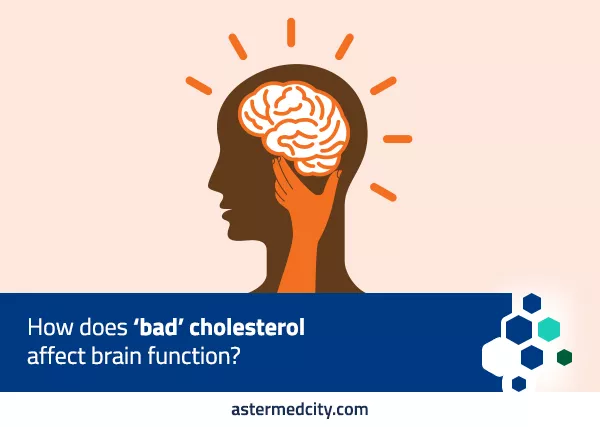What do you mean by mechanical thrombectomy?
This is a type of minimally-invasive method wherein an interventional radiologist uses specialized equipment to completely remove the clot from a patient’s artery. With the help of an x-ray or fluoroscopy, the best neurologist in Bangalore can smoothly guide a patient’s arteries to the clot. Thus, extracting the clot all at once.
The procedure starts by making a small incision in either the wrist or near the abdomen, giving doctors access to the artery. Once you are done making the incision, the doctor threads a catheter via the artery to the final destination i.e the clot.
In the next step, insert a small net-like device which is known as a stent retriever into the catheter and the doctor guides it to the blockage. Then they push the stent retriever through the clot.
Once done with that procedure, the stent expands to the size of the artery wall. During this point, the stent retriever has control over the clot, then the doctor pulls it out backward, thus, removing the clot completely.
What does mechanical thrombectomy treat?
Mechanical Thrombectomy is used to treat arterial blockages that are caused by blood clots. Following are two conditions that are often treated by Mechanical Thrombectomy:
Deep Vein Thrombosis- This is a blood clot that forms in the artery. They form most often in the legs, however, there are cases where they have occurred in the arms as well. DVT can lead to permanent damage to the valves present inside the veins. Furthermore, leading to long-term problems in the legs like swelling, pain, and sore legs. To have DVT is considered to be dangerous due to the possibility that clots can break off and travel their way to the lungs. In case this happens, the clot can end up blocking blood flow and lead to a pulmonary embolism which is a fatal condition.
Ischaemic Stroke– According to a UK-based not for profit Stroke Association, 85% of strokes are due to blockage in the brain. In this condition, the blood clot that forms in the artery goes to the brain, or in an artery present in the other area of the body and then travels its way back to the brain. This leads to the blood supply to the brain ceasing or slowing down. And, in just mere minutes, permanent blood damage is a possible scenario.
How does mechanical thrombectomy treat a stroke?
Imagine this scenario, the brain is being starved of oxygen, cell, and because of that, the tissue damage starts to happen within minutes. In a situation like such, it is possible to reverse the damage to a certain degree in full with the help of mechanical thrombectomy.
To put it simply, with the help of mechanical thrombectomy you can treat brain stroke by dispelling the clot that is the root cause behind the clogging of the arteries that carries blood to the brain.
In medical terms, mechanical thrombectomy is used to cure patients with acute ischemic stroke (brain stroke) whose brain has suffered from an attack due to lack of blood flow.
After a point, blood vessels to the brain may narrow down naturally because of the deposit of fats or plaque. This is the reason why patients who have cholesterol go for a regular check-up for clogs. The clot has the potential to clog the blood vessels partly or completely, hence, reducing the normal blood flow to a minimum or blocking it completely.
It is advised to go through regular CT or MRI scans, it can help eliminate the blockade and the doctor can suggest whether the patient requires mechanical thrombectomy as a recourse for the treatment.
Mechanical thrombectomy is often carried out within 6 hours, based on when you were checked last. In some cases, it can even go up to 24 hours. This process suggests reopening or recanalizing and restoring normal blood flow via the cranial arteries.
You can visit the best hospital for Mechanical thrombectomy in Bangalore to get treatment from a top Neurologist.
Some factors to keep in mind while injecting mechanical thrombectomy:
Not all ischemic stroke patients qualify for mechanical thrombectomy; the use of tPA (tissue plasminogen activator) is a resource that should be used as a stop-gap or as an alternative. Also, tPA is the only drug that has been approved by the Food and Drug administration agency of the United States Department of Health and Human Services.
When tPA (tissue plasminogen activator) acts ineffective, especially when the clot that needs to be broken is too large, that is when you opt for Mechanical Thrombectomy combined with a stent retriever.
Conclusion
As per a journal published by ahajournal.org newer generation thrombectomy procedures have a higher success rate. The effect of mechanical thrombectomy can be seen almost immediately in some cases and the patient can function properly again. However, the patient can take up to 3 months to improve, this varies from person to person.















